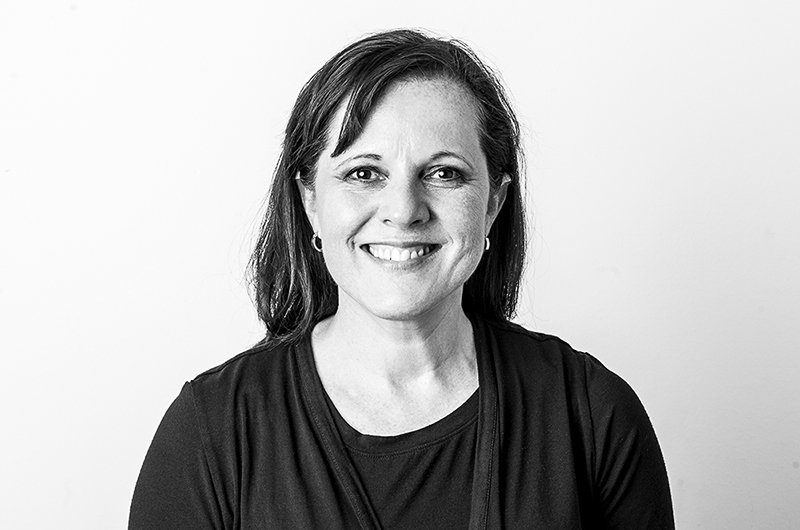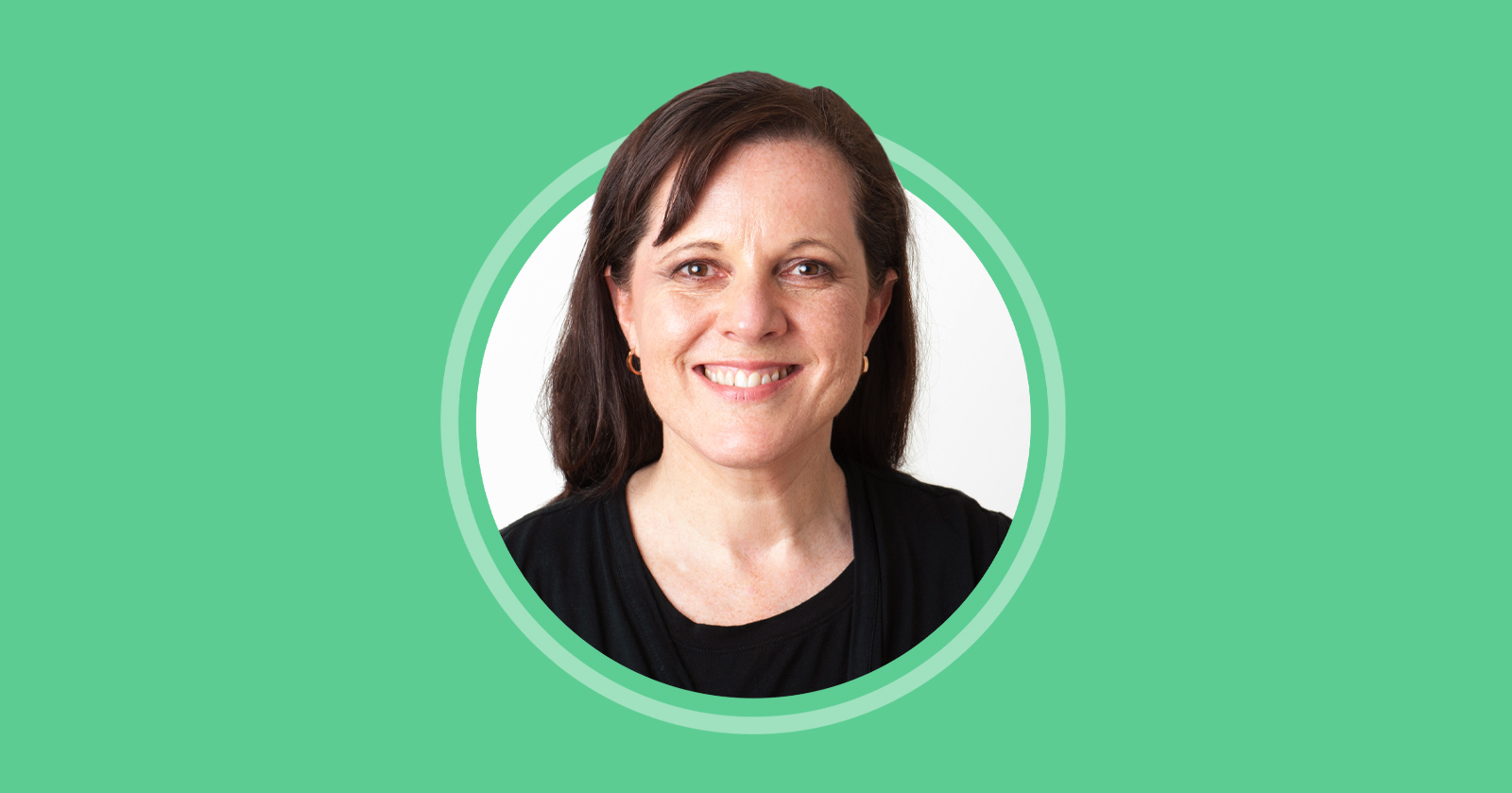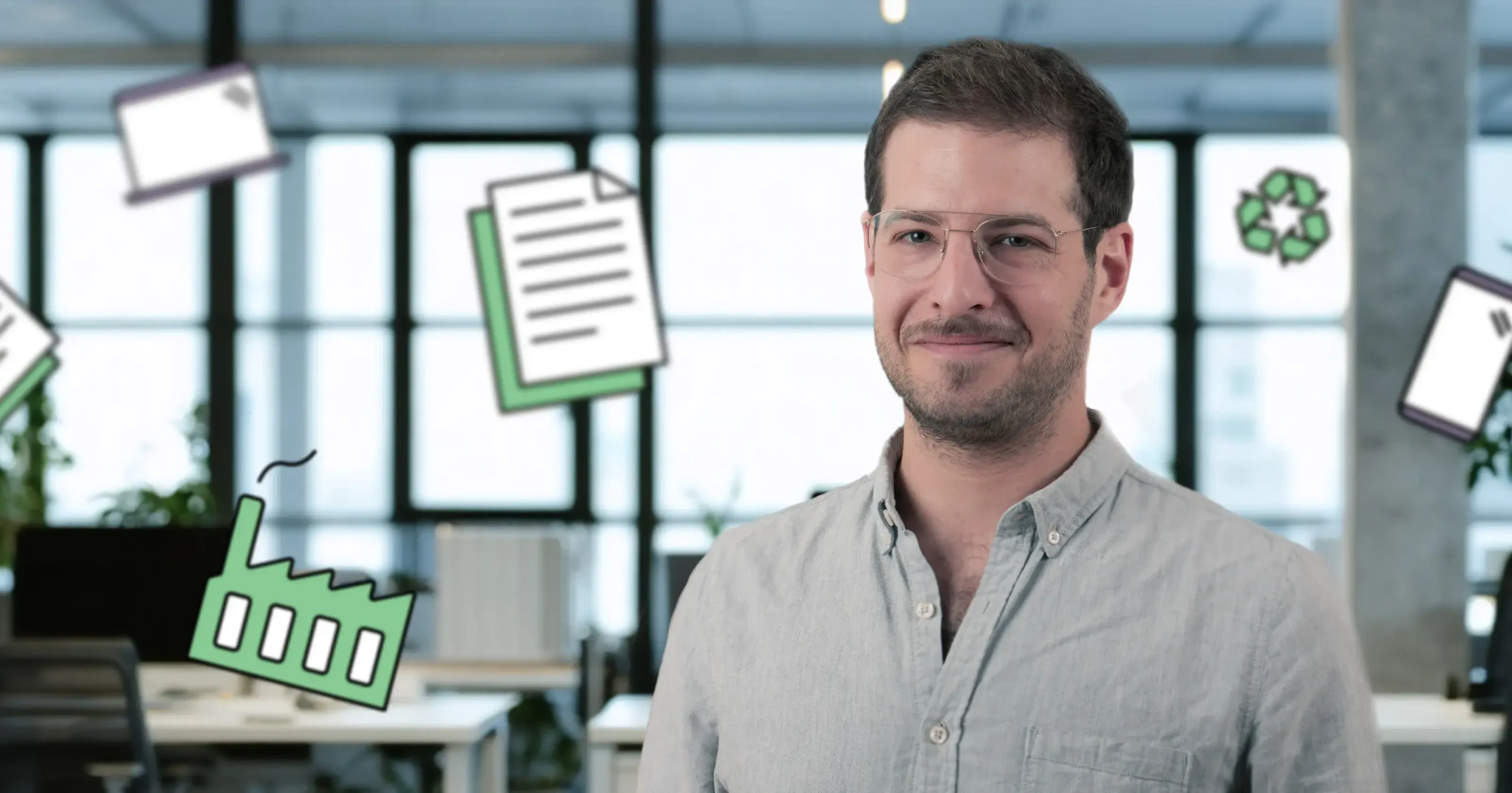This opinion piece is published by Future of Sourcing
To meet both climate and budget goals, we need to use our laptops longer.
With greater attention on sustainability and the direct need to meet climate goals, purchasers are looking for ways to change. One place to start is with the 170 million notebook computers produced and sold around the world every year. Rethinking an organization’s purchase and use of IT products like those notebooks can dramatically cut an organization’s carbon footprint – and save money – without affecting performance.
The current way of purchasing, using, and disposing of IT products is the legacy of a linear economy, where natural resources are used to create products that are in use only a short time before they must be disposed of as waste. Many organizations are transitioning to what’s known as a circular economy, where products are kept in use for as long as possible, to save resources, retain value and minimize waste. It’s a challenging transition that requires changing the way organizations source IT equipment.
The typical IT contract is based on a three- to four-year use cycle. At the end of each cycle, some organizations turn to recycling their products, seeing it as a responsible way to dispose of them. But, in reality, only about 20% of global e-waste actually reaches controlled recycling facilities, and a minimal amount of materials included in notebooks and other IT products can be recovered in the recycling process. The rest may end up in a landfill, incinerated or illegally exported to regions where e-waste legislation is weak or non-existent.
If recycling isn’t the solution, then what is?
TCO Certified, the leading global sustainability certification for IT products, uses independent verification to assess IT products like displays, notebooks, tablets and smartphones against a rigorous set of sustainability criteria. The organization behind TCO Certified recently studied certified laptops from major manufacturers like Dell, Lenovo and HP in order to measure their environmental impact. Key findings of the study included four ways to help purchasers reduce climate impact and save money:
- Buy a durable, upgradeable laptop and use it as long as you can
- Extend the useful life of your laptop by two years
- Buying a new, energy-efficient model doesn’t pencil out
- When you’re finished with equipment, donate or re-sell
According to the research, the carbon footprint of a standard 14-inch laptop is around 660 pounds, equivalent to the greenhouse gas emissions produced by driving a car about 742 miles. Almost 80% of those emissions are produced during the manufacturing phase. So, using the notebook longer will help reduce average annual emissions. For example, according to the research, when a notebook is replaced every six years instead of every four, organizations reduce emissions by 30%.
In search of sustainability
Some organizations may explore purchasing newer, energy-efficient notebooks after a standard IT purchase cycle to increase energy efficiency. But sticking with their current models longer offers a far greater reduction in environmental impact. According to the research, purchasing a new and more energy-efficient product will not cut total greenhouse gas emissions, even if the new product is used for a very long time. If energy efficiency improves by 10% between two generations, the new notebook must be used for more than 30 years before the efficiency of the product has made up for the emissions produced during the manufacturing phase.
For most users who work with standard software programs, notebook computers may function well for six years or longer without upgrades to hardware such as hard drives, memory or battery. So, the more organizations choose to buy durable products that are possible to repair and upgrade, the more significant the environmental impact will be. When purchasers select high-performance products, the lifespans are even longer and are also more attractive on the secondhand market.
Not only is extending the life of IT products dramatically better for the environment, but it can also be far less expensive. The research shows extending the life of a complete computer work station from three to six years can save an organization 28%. When organizations do transition to new products, they can also create new income by selling their higher-performing used models.
To reach sustainability and climate goals, every organization and every industry must evaluate their purchases and supply chains and seek ways to reduce their use of new material. IT products are an easy place to start.

Clare Hobby
Clare Hobby oversees purchaser engagement programs for TCO Development, the organization behind TCO Certified, the global independent sustainability certification for IT products. TCO Certified is used by procuring organizations and the IT industry to drive environmental and supply chain responsibility in the IT ecosystem.
Clare is a board member of the Sustainable Purchasing Leadership Council and SPLC’s Technical Advisory Group for IT Hardware, the Clean Electronics Production Network, UN Environment’s One Planet Network and the Canadian Public Procurement Council. She holds Masters degrees from Northwestern University and the University of Melbourne, Australia and Executive Education in Sustainability Leadership at Harvard.




